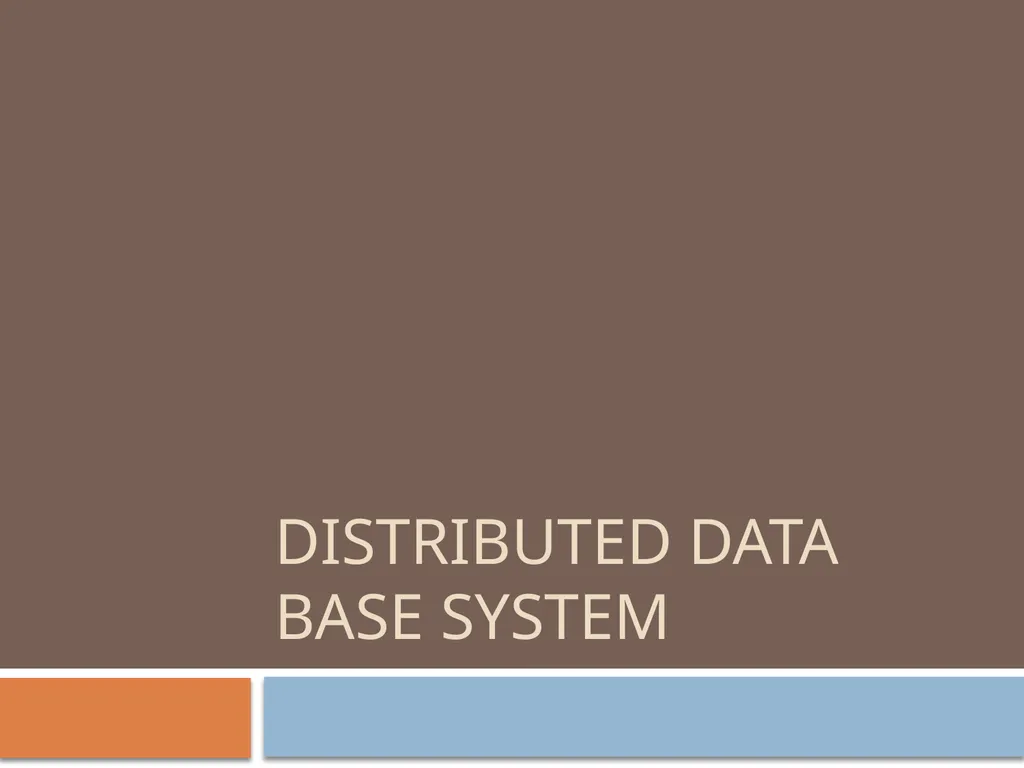
Distributed data base system What is DDBMS? A
Author: giovanna-bartolotta | Published: 2025-05-29
Description: Distributed data base system What is DDBMS? A distributed database is basically a database that is not limited to one system, it is spread over different sites, i.e, on multiple computers or over a network of computers. A distributed
Download Presentation
Download the PPT/PDF: Download
Transcript:
Loading transcript…